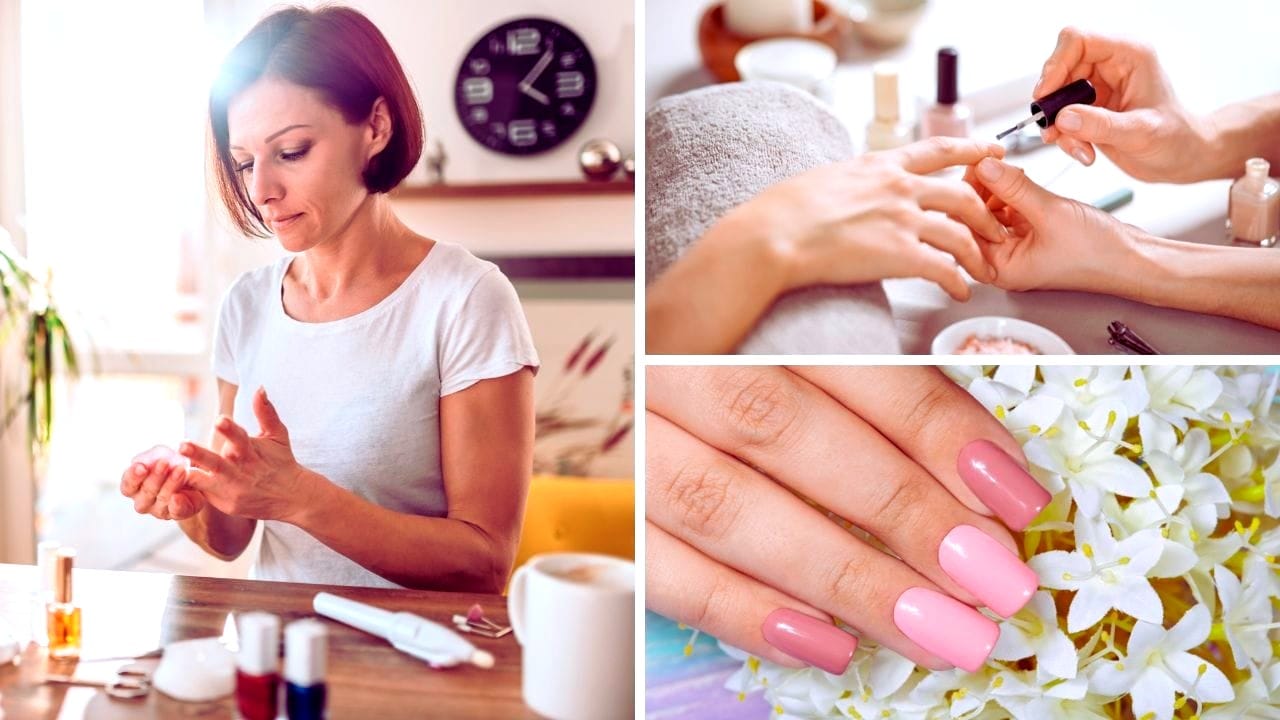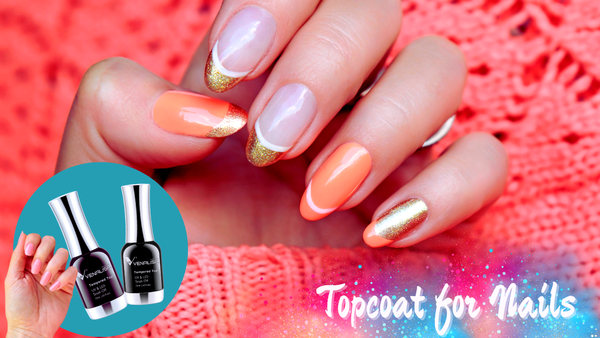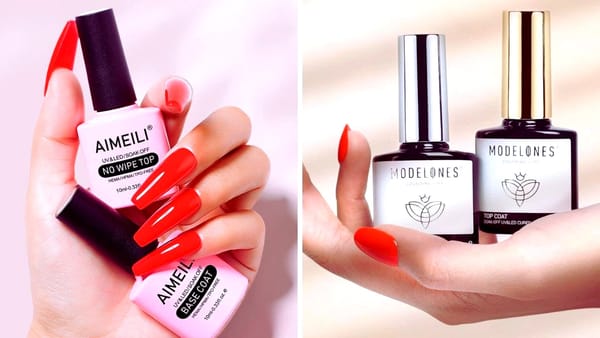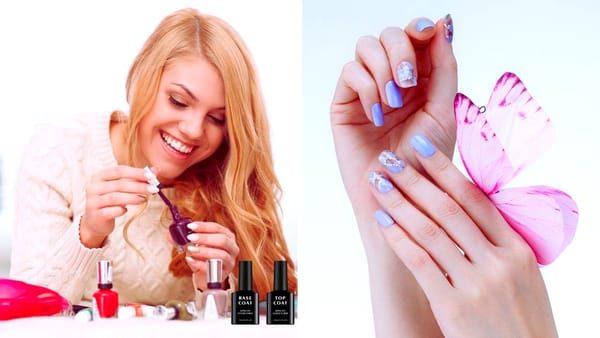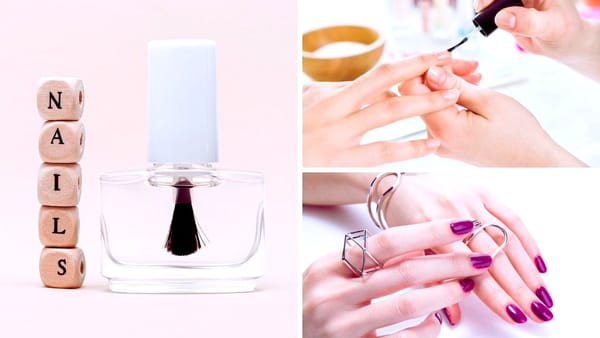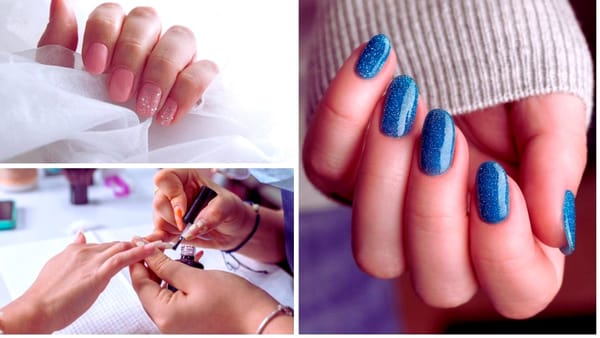Key Takeaways:
- Understanding the Role: Learn the importance of base and top coats in achieving a long-lasting manicure.
- Application Techniques: Discover the correct methods for applying base and top coats to prevent chipping and peeling.
- Maintenance Tips: Gain insights into maintaining your manicure and keeping your nails looking salon-fresh.
The Foundation of a Great Manicure: Base Coat
When aiming for that perfect at-home manicure, understanding how to use base coat nail polish is the first step. The base coat is a protective layer for your natural nail, preventing staining from colored polish and helping the color adhere better. Applying a thin skin is essential, as this allows the base coat to dry quickly and evenly, creating a smooth surface for the nail color.
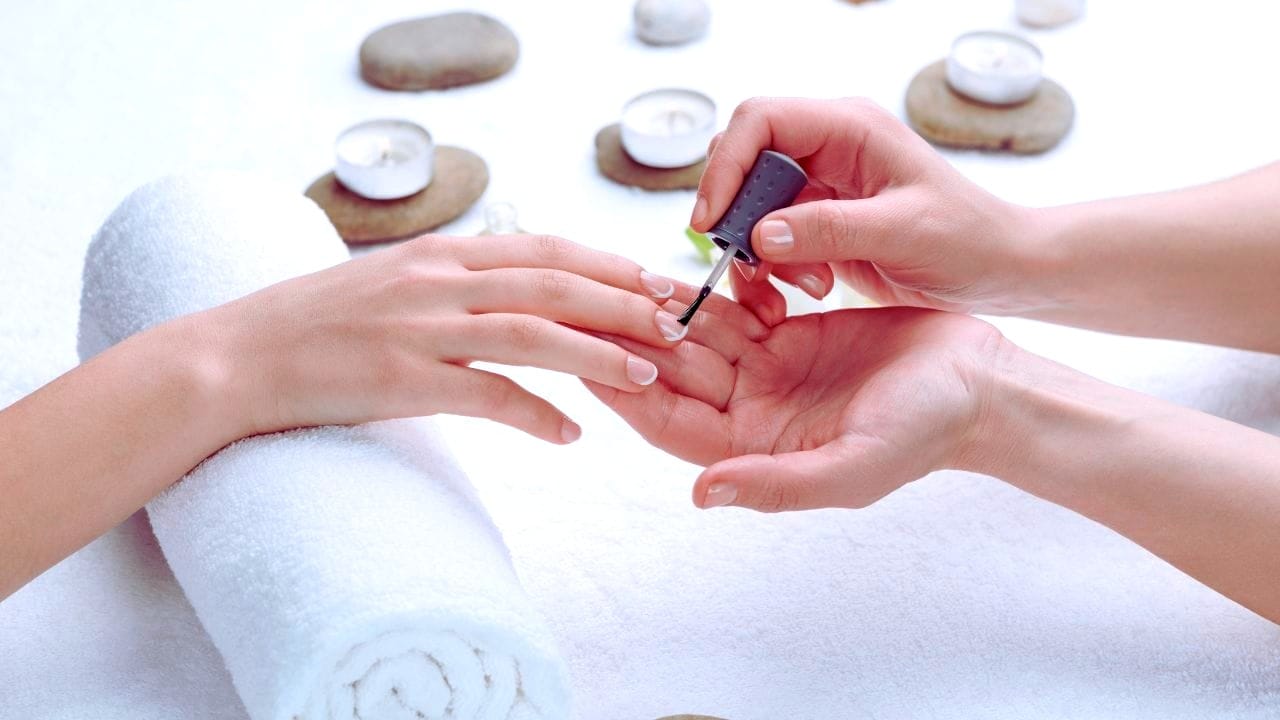
Before you begin, ensure your nails are clean and old polish-free. Use a cotton ball soaked in acetone to wipe away any residue. Once your nails are prepped, apply the base coat starting from the cuticle and covering the entire nail surface, extending to the free edge. Remember, one thin layer is sufficient; a thick base coat can lead to peeling and ruin the foundation of your manicure.
The Art of Applying Color
After the base coat has been set, it's time to paint your nails with your chosen shade. Applying color is more than just brushing on the polish; it's about technique. Start with a thin layer of colored polish, ensuring you cover the entire nail but avoid flooding the cuticles. Allow this first layer to dry completely before adding a second coat. This process helps seal the color and provides a more opaque finish.
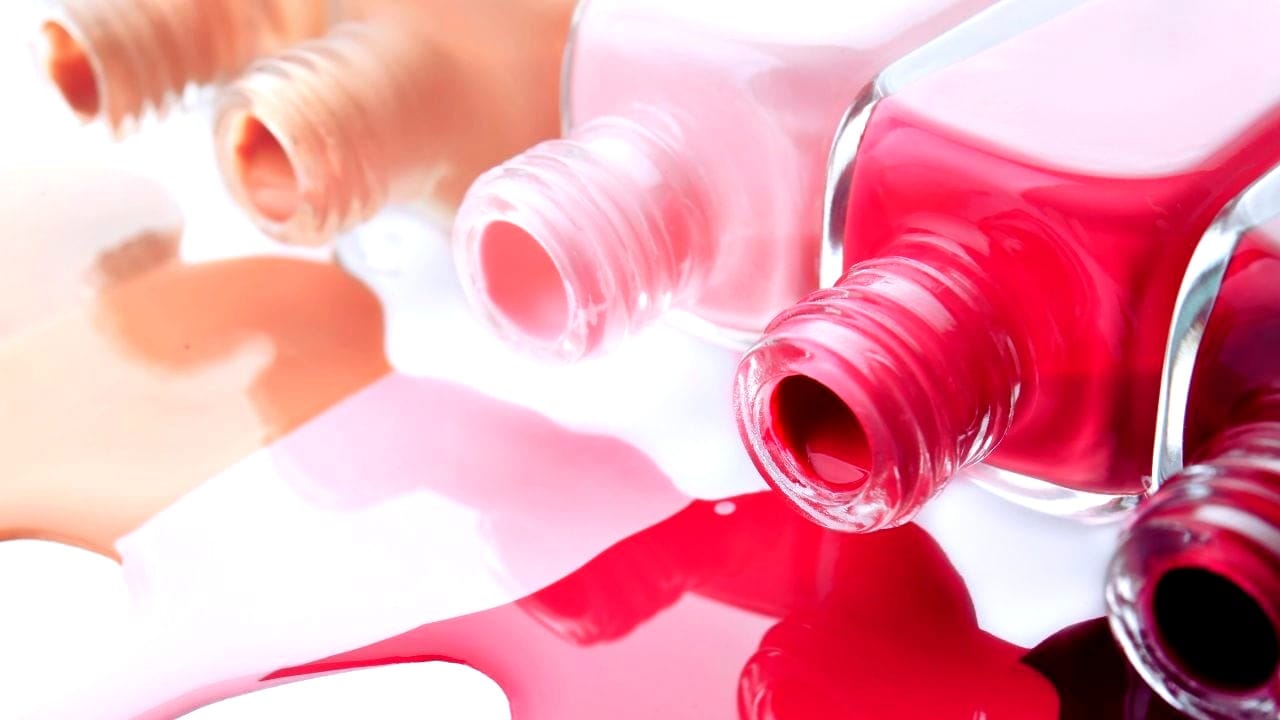
For the best results, apply at least two coats of nail color. The first layer acts as a color base, while the second coat gives the shade its true depth and shine. Be patient and let each coat dry thoroughly to prevent smudging and to ensure a smooth, even application.
Extending the Life of Your Manicure: The Role of Protective Layers
When considering how to use base and top coat nail polish, it's essential to understand the role of these protective layers. A base coat serves as a foundation, smoothing out any ridges on the natural nail surface and providing a barrier that prevents colors from staining your nails. Think of it as a primer that ensures your colored polish adheres better and stays put. On the flip side, a top coat helps seal in the nail color, adding a layer of shine and significantly reducing the likelihood of chipping. Applying at least two coats of each ensures a robust protective layer that can withstand the rigors of daily life.
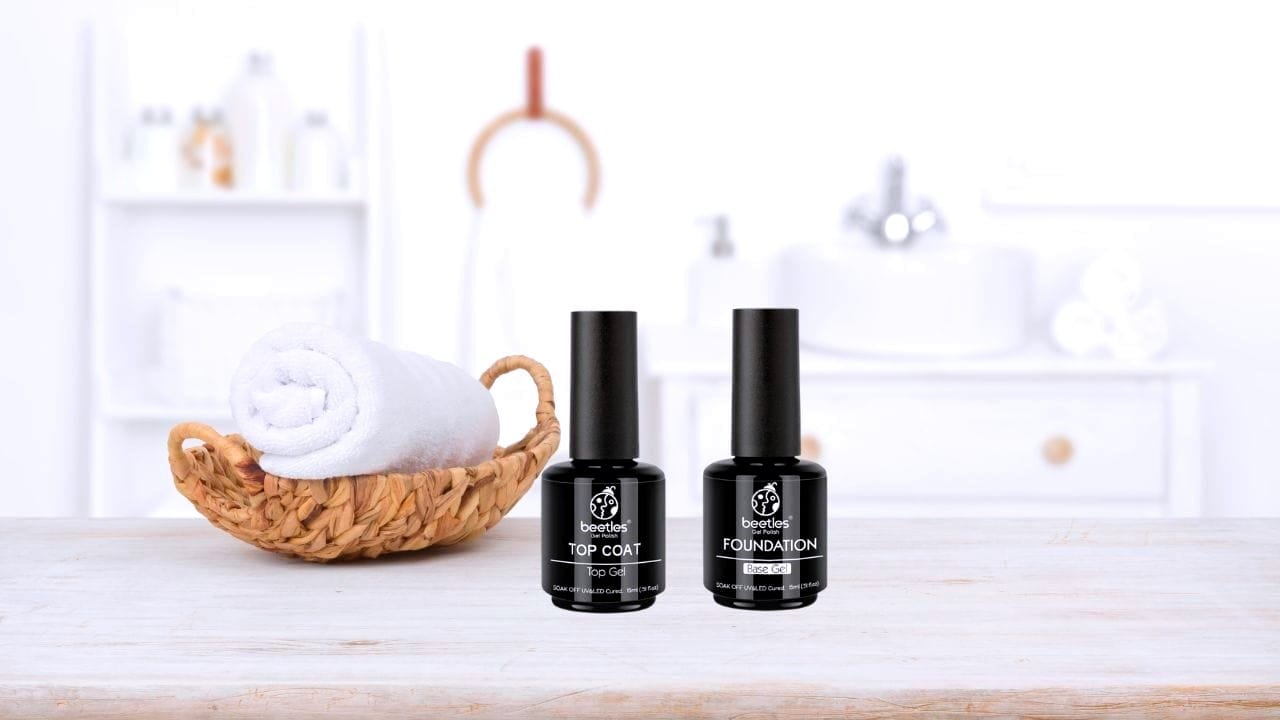
Applying these coats is just as crucial as the products themselves. Start with a thin coat of base polish, covering the entire nail from the cuticle to the free edge. Allow this first layer to dry completely before moving on to the color. After your colored polish has dried, apply a top coat from the base and carefully cap the tip edges. This second coat not only adds a glossy shine but also acts as a shield, preventing your manicure from premature wear and tear. Remember, a thin layer is critical to avoid a thick, gloopy finish that could peel or chip easily.
Nail Health and Manicure Longevity: The Importance of Nail Care
Maintaining the health of your nails is integral to the longevity of your at-home manicure. Before even beginning to paint coats of polish, ensure your nails are clean and oil-free. Use a cotton ball soaked in acetone to wipe the nail surface, which helps the base coat adhere better. Additionally, regular cuticle oil can keep your cuticles and the skin around your nails hydrated, preventing them from peeling or becoming ragged, which could ultimately ruin the look of your manicure. Healthy nails also mean the polish layers will adhere better and last longer.
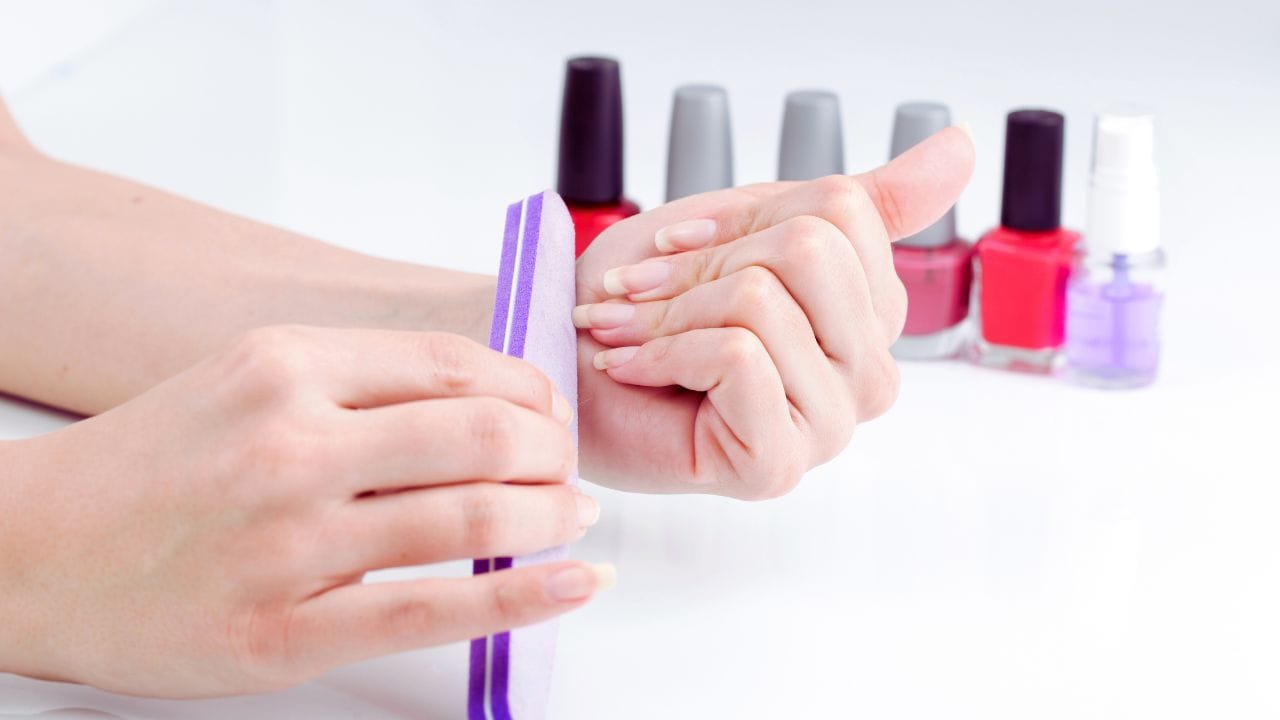
After you've applied your base and top coat nail polish, it's not just about letting each coat dry. To extend your manicure's life, you should also protect your nails from harsh chemicals and excessive water exposure. Wear gloves and top coats to protect your nail art when doing household chores. Additionally, applying an extra layer of full skin every few days can act as a refresher, adding extra shine and an additional protective layer against chipping. With these mindful practices, your nails can maintain that salon-fresh look for longer, and the polish will remain smooth and chip-free.
Sealing the Deal: Top Coat
The top coat is the final touch in your manicure routine. Its primary purpose is to seal in the colored polish, adding shine and preventing chipping. Just like with the base coat, a thin layer is critical. A thick top coat can take longer to dry and may not provide the same level of protection.

When applying the top coat, make sure to cap the free edge of the nail. This means you should gently brush across the tip of the nail, creating a seal that helps prevent chipping. Allow the top coat to dry completely, giving your nails a glossy finish and a protective layer that extends the life of your manicure.
Nail Art and Special Finishes
For those who love nail art or special finishes like a gel manicure, base, and top coats are still fundamental. Whether adding designs or a gel-like shine, the base coat ensures your natural nail is protected and the art stays put. After your nail art is complete, a top coat helps seal everything in place, providing a smooth surface that enhances the design.
Even with special finishes, the rule of thin coats remains. Applying base and top coats in thin layers ensures that your nail art doesn't smudge and that any special finishes cure properly, giving you a salon-quality look at home.
At-Home Manicure Maintenance
Maintaining your manicure is just as important as the application process. To keep your nails looking their best, apply cuticle oil regularly to hydrate the nail bed and cuticles. This promotes healthy nail growth, keeps the skin around your nails smooth, and prevents hangnails.
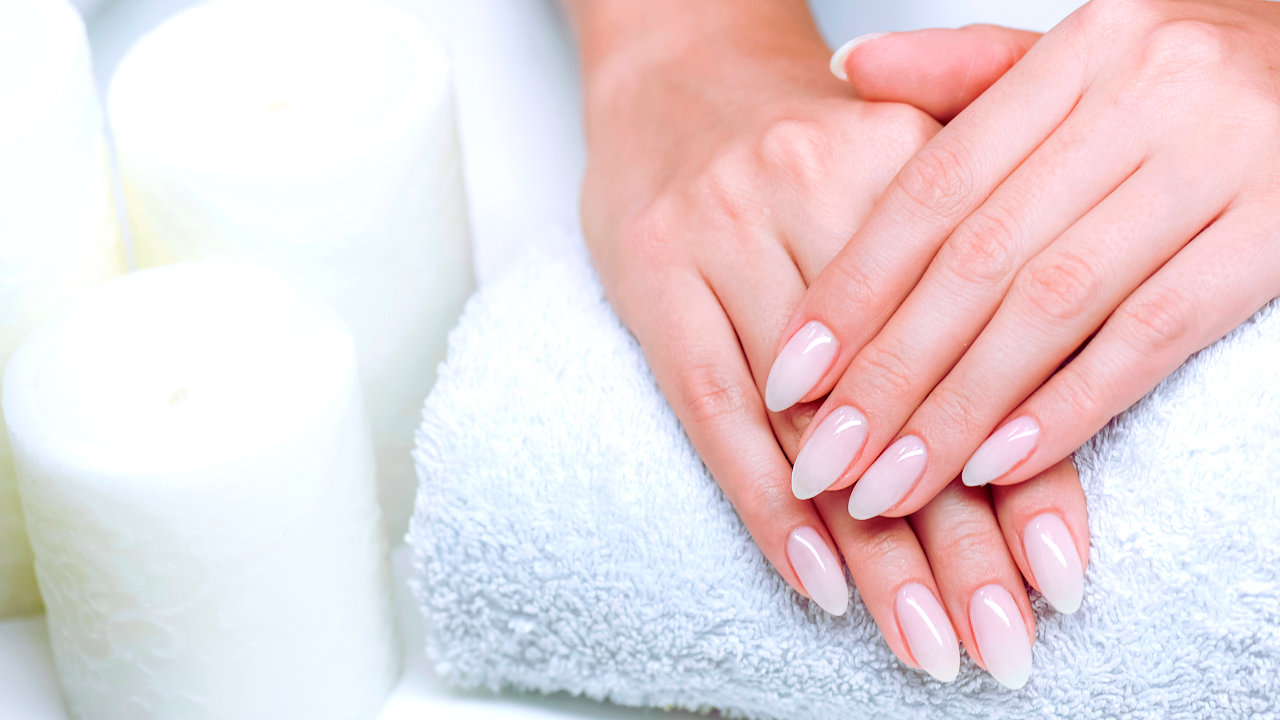
If you notice any chipping or peeling, resist the urge to peel off the polish. Instead, touch up the affected area with a thin coat of polish and seal it with a top coat. This quick fix can extend the life of your manicure until you're ready for a fresh coat.
Summary
Achieving a flawless manicure at home is all about mastering base and top coat nail polishes. Starting with a clean nail surface, apply a thin base coat to protect your nails and ensure better polish adhesion.
Follow with two layers of colored polish, allowing each layer to dry completely. Finish with a thin top coat to seal the color, add shine, and prevent chipping.
Remember to maintain your manicure with cuticle oil and timely touch-ups. You can enjoy a beautiful, long-lasting manicure without stepping into a salon with these steps.
FAQ Section
How long should I wait between applying the base coat, color, and top coat?
It's essential to allow each layer to dry completely before applying the next. Typically, wait at least two minutes between the base coat and the first layer of color, then another two minutes before the second coat. After applying the top coat, please wait up to five minutes to ensure it's fully set.
Can I use a base coat as a top coat and vice versa?
While they may seem similar, base and top coats are formulated for different purposes. Base coats are designed to adhere to the natural nail and provide a smooth surface for the polish. Top coats are meant to seal the polish and provide a glossy finish. It's best to use each product as intended for optimal results.
How can I prevent my nail polish from chipping?
To minimize chipping, start with a clean nail surface and apply thin, even coats of base coat, color, and top coat. Make sure to cap the nail's free edge with the top coat. Avoid using your nails as tools, wear gloves when doing household chores, and regularly apply cuticle oil to keep your nails and cuticles hydrated.
